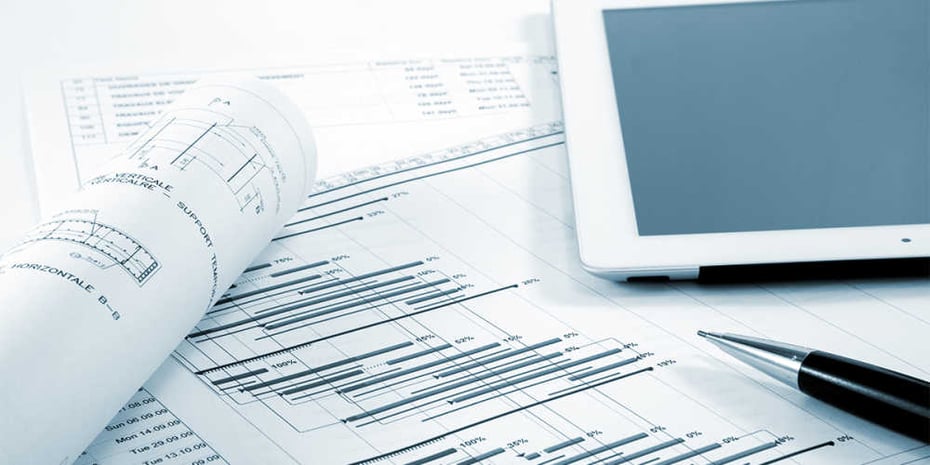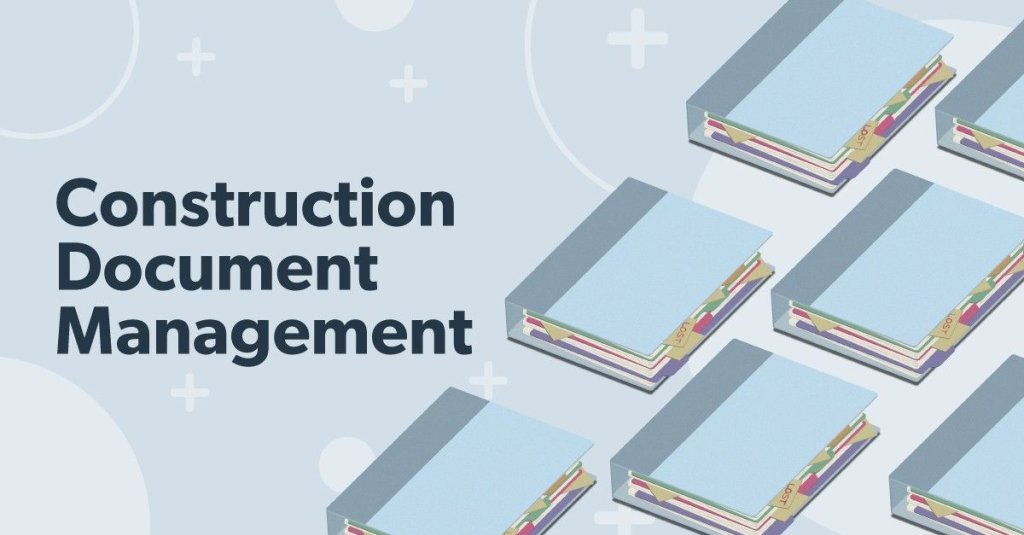Architect's Overview to Simplifying Construction File Monitoring for Efficient Project Implementation
In the detailed globe of design and building and construction, the effective management of job documents stands as a cornerstone for success. Architects are charged with juggling a myriad of illustrations, specifications, contracts, and reports, all necessary elements for bringing a task to fruition. Nevertheless, the procedure of arranging, sharing, and maintaining these records can typically end up being a maze of inadequacies and setbacks otherwise handled thoroughly. By discovering systematic approaches, cutting-edge devices, and market finest methods, designers can not only streamline their record monitoring processes but also lead the method for much more efficient job execution. Allow's browse through the key methods and remedies that can reinvent just how designers handle building documents, guaranteeing jobs are provided with precision and timeliness.
Importance of Effective Document Administration
Reliable file management is vital for designers in the construction sector as it plays an essential role in making sure the effective execution of tasks. Appropriate organization and monitoring of these records are important to keep job timelines, guarantee conformity with policies, and facilitate reliable communication amongst job stakeholders.

Reliable record management makes it possible for designers to accessibility critical info immediately, track task progress precisely, and mitigate threats linked with mistakes or noninclusions. By executing streamlined paper management procedures, engineers can improve partnership with clients, service providers, and various other staff member, resulting in improved job outcomes and client satisfaction.
Moreover, reliable paper management assists architects keep a detailed project background, allowing them to utilize past lessons and experiences discovered for future projects. In today's busy building sector, where timely decision-making and details sharing are vital, efficient record administration is a foundation for success.
Strategies for Simplifying File Organization
Effective record administration techniques not just make sure project success for designers in the building industry however also lay the foundation for implementing strategies for improving record organization. To simplify document company properly, engineers should initially establish a clear naming convention for folders and files. Uniformity in naming data based upon project phases, record kinds, and relevant info will certainly facilitate simple retrieval and reduce confusion.
Making use of cloud-based storage space solutions can also boost record company by giving a centralized location for all project-related files - construction document management. This enables team members to access the most up-to-date files from anywhere, promoting partnership and effectiveness. Carrying out variation control systems additionally refines record organization by tracking modifications, avoiding clashing edits, and guaranteeing that the most up to date versions are constantly available
Additionally, creating a logical folder framework with marked subfolders for different record groups, such as specifications, illustrations, and agreements, can enhance record administration processes. Frequently evaluating and removing repetitive or out-of-date files will certainly help keep a lean and well organized file database, eventually boosting efficiency and task end results.
Leveraging Innovation Tools for Collaboration
In the realm of contemporary design, moved here designers are significantly counting on advanced modern technology tools to foster seamless collaboration among project stakeholders. Cloud-based platforms such as BIM 360 and Procore allow real-time access to project documents, enabling engineers, contractors, and clients to hop over to here collaborate successfully no matter of their physical place.
Virtual design and building (VDC) software program like Revit and AutoCAD Design allow architects to develop detailed 3D models that can be shared and edited collaboratively. This real-time collaboration improves style sychronisation, accuracy, and visualization, leading to much better decision-making throughout the job lifecycle. Additionally, communication tools like Slack and Microsoft Teams offer instantaneous messaging, data sharing, and video conferencing capacities, fostering seamless communication among staff member and stakeholders.
Guaranteeing Precision and Variation Control

Reliable variation control also helps in taking care of document authorizations and making certain that just licensed personnel make alterations. Engineers must develop clear methods for documenting modifications, consisting of timestamps and customer identification, to create an audit trail for liability. On a regular basis communicating with the job team regarding version updates and modifications is important to stay clear of complication and maintain alignment throughout the building procedure.
Finest Practices for File Sharing and Access
Having actually developed a durable system for variation control in construction file administration, designers can currently concentrate on maximizing record sharing and gain access to methods to enhance collaboration and effectiveness among project stakeholders. One of the very best techniques for efficient paper sharing is to use cloud-based systems. These platforms use real-time accessibility to project records, enabling group members to check out, edit, and comment on documents concurrently. By centralizing records in a cloud atmosphere, architects can make sure that all stakeholders are collaborating with the most updated details.
Furthermore, applying role-based access control is crucial for preserving information safety while assisting in collaboration. Designating different permission degrees to Our site staff member makes sure that sensitive details is only obtainable to accredited personnel. Routinely upgrading access permissions based on job requirements and group changes is vital for keeping information honesty.
Incorporating project administration software application with paper sharing systems can additionally simplify workflows. This combination permits seamless interaction, job monitoring, and record management within a single interface, minimizing the need to switch over between multiple tools. By adhering to these best practices, designers can produce an extra efficient and joint file sharing setting, eventually leading to effective project implementation.

Final Thought
To conclude, efficient construction paper management is critical for effective project implementation. By applying approaches for company, leveraging technology tools for collaboration, guaranteeing accuracy and version control, in addition to adhering to best techniques for record sharing and accessibility, architects can improve their workflow and boost overall job performance. Focusing on these elements of file administration will certainly result in smoother task implementation and far better outcomes for all stakeholders entailed.
Effective record administration is important for architects in the construction market as it plays a critical role in making certain the effective implementation of projects. construction document management. Correct company and monitoring of these files are necessary to keep job timelines, make sure conformity with policies, and help with reliable communication among project stakeholders
Efficient record management practices not only make sure job success for architects in the construction market however likewise lay the foundation for carrying out strategies for enhancing document company. One essential method is developing a centralized record database where all team members can access the most current versions of illustrations, requirements, and other project files.Having actually established a robust system for version control in building file management, architects can currently focus on maximizing file sharing and accessibility methods to improve partnership and efficiency among project stakeholders.